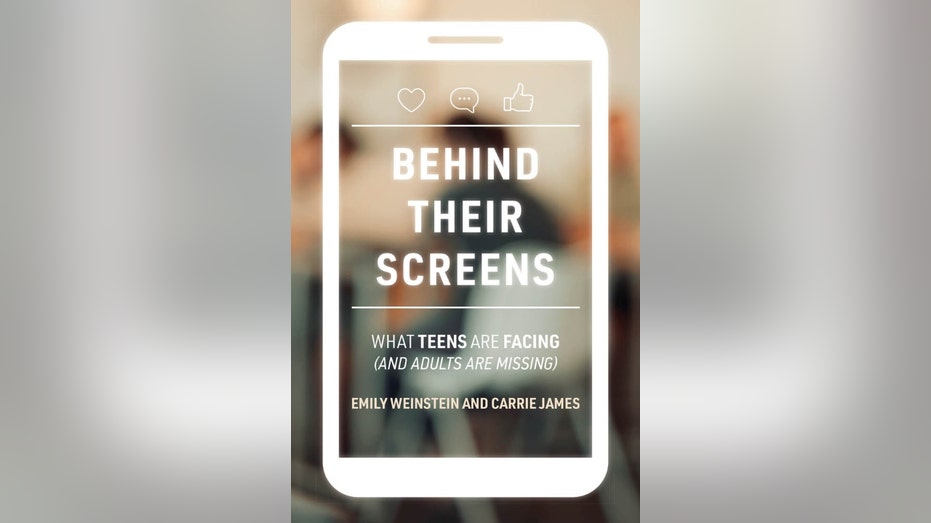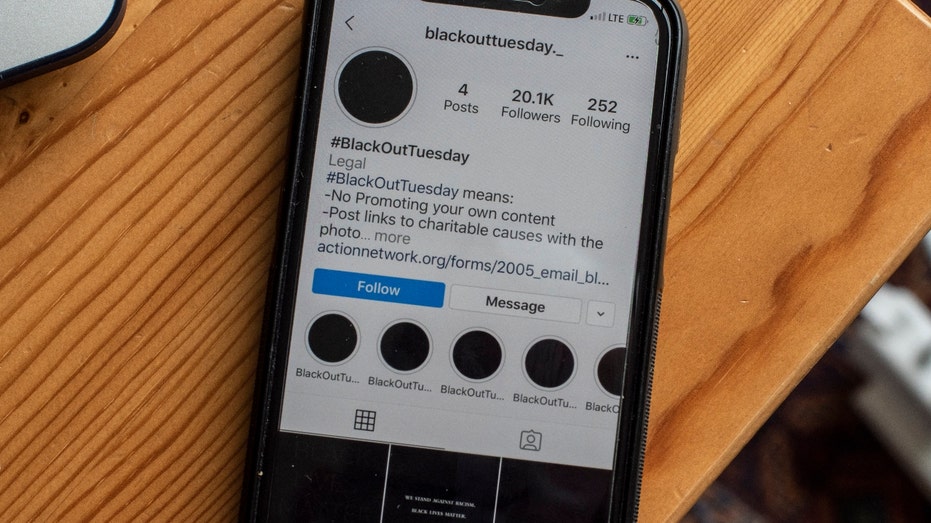Heritage Basis analysis fellow and former Fb analyst Kara Frederick discusses the dangerous results social media has on younger youngsters and adolescents.
Two Harvard researchers have launched a brand new guide exploring what “adults are lacking” about youngsters’ telephone and social media usage.
Social scientists Emily Weinstein and Carrie James with Harvard Venture Zero have studied teenagers and social media for greater than a decade. Of their book released earlier this month titled, “Behind Their Screens: What Teenagers Are Dealing with (and Adults Are Lacking),” the authors discover the assorted gaps between adults’ understandings of telephones and social media versus youngsters’ “realities.”
“We’ve been doing analysis about teenagers and screens for over a decade,” Weinstein informed FOX Enterprise in an announcement. “We simply had an incredible alternative to gather insights from greater than 3,500 youngsters about how they navigate the digital world and what they most want adults understood. The insights they shared and the tales we heard stopped us in our tracks, and we realized we had a treasure trove of information actually from the mouths of babes.”
All youngsters at present grew up within the presence of smartphones and social media whereas their dad and mom skilled much less technology-heavy childhoods. The guide goals to assist bridge that divide and assist adults perceive the advanced ups and downs of teenage telephone utilization.
SOCIAL MEDIA PARENTAL CONTROL APP SAW 25% INCREASE IN SELF-HARM, SUICIDE ALERTS AMONG TEENS IN 2021

In “Behind Their Screens: What Teenagers Are Dealing with (and Adults Are Lacking),” authors EMily Weinstein and Carrie James discover the assorted gaps between adults’ understandings of telephones and social media versus youngsters’ “realities.” (MIT Press / Fox Information)
“Behind Their Screens” covers subjects from on-line drama to sending “nudes,” or nude photographs, to the political pressures youngsters face on social media. Every chapter ends with a piece known as, “Teenagers Need Adults to Know,” which embody direct quotes from the youngsters they surveyed about what they want adults knew about all of the subjects coated within the guide.
TIKTOK MODERATOR HAS PTSD FROM WATCHING ‘GRAPHIC’ CONTENT: LAWSUIT
“We discovered that teenagers’ digital experiences are sometimes deeply misunderstood by dad and mom and different adults of their lives,” James mentioned in an announcement. “Behind Their Screens bridges the hole and presents dad and mom recommendation for find out how to give their youngsters the assist they really want. We wrote this guide to assist share teenagers’ tales and to interrupt down what’s fable, what’s actuality, and find out how to have higher conversations with the kids in your life.”
Teenagers’ commonest considerations relating to smartphone and social media tradition embody digital footprints, or a everlasting stream of data tied to their lives on-line; privateness dangers; digital drama and cyberbullying; dropping their childhoods to an extra of “display time”; and stress to continually be related to others on-line.

Youngsters are involved about digital footprints, privateness, cyberbullying and display time. (Richard Baker / In Photos / Getty Pictures)
“It is simply scary to suppose that I solely get one childhood, and I might by chance slip right into a behavior the place I simply waste it away on some pointless sport,” one 14-year-old pupil mentioned in a response to the authors.
Most youngsters survey cited TikTok, Snapchat, Instagram and Discord because the social media platforms they use most frequently.
INSTAGRAM TIGHTENS TEEN PROTECTION MEASURES AHEAD OF SENATE HEARING
However whereas adults typically dismiss youngsters’ use of telephone and social media by telling them to cease utilizing them utterly or making an attempt to ban their youngsters from utilizing sure apps, lots of the teenagers surveyed within the guide say they really feel great stress to have some form of presence on-line as a way to sustain with their friends in an ever-changing digital world.
“Teenagers want adults understood that ‘you’ll be able to’t simply at all times “shut your telephone off” and be carried out with it.’ Digital conflicts spill over ‘into the actual world.’ Responding can really feel like a necessity, notably when conflicts are enjoying out in a digital public and threaten a teen’s repute or relationships,” the authors write.

Teenagers say they really feel great stress to have some form of presence on-line as a way to sustain with their friends in an ever-changing digital world. (Adam Berry/Redferns / Getty Pictures)
However even when teenagers do spend time offline, “there’s an ever-present risk that their habits might be digitally captured by a peer with a smartphone,” Jame sand Weinstein write in a while within the guide.
A big part of the guide covers the political pressures youngsters face on-line. Social media activism shifted in 2020 as folks spent extra time on-line and Black Lives Matter discourse flooded Instagram, TikTok, Fb and different platforms.
SOCIAL MEDIA ‘LARGE PART OF THE PROBLEM’ FOR TEEN SUMMER CRIME AND BEACH CURFEWS
For instance, “Blackout Tuesday” was an Instagram pattern that occurred shortly after George Floyd’s Might 2020 homicide by which customers posted black squares to their accounts in acknowledgment that they might not put up their very own private content material amid the Black Lives Matter motion. Critics of the pattern mentioned posting the black field felt performative, whereas others mentioned they felt social stress to put up the sq. in order that others didn’t accuse them of being silent or complacent.
“Teenagers really feel pressured to sign consciousness and assist for well timed points on social media and even proof that they are taking motion on some stage,” the guide states on age 123, however actions on-line don’t typically translate into actual life and may go away younger customers feeling conflicted about topics “from the civic to the private and social.”

“Blackout Tuesday” was an Instagram pattern that occurred shortly after George Floyd’s Might 2020 homicide by which customers posted black squares to their accounts in acknowledgment that they might not put up their very own private content material amid the Black Lives Matt (Eric BARADAT / AFP / Getty Pictures)
Whereas adults would possibly take into account posting activist materials on social media as “non-compulsory,” teenagers really feel it has develop into needed.
“The breaking information for us in our newest spherical of analysis is that avoiding politics is not an choice,” Weinstein and James write. “…That is their world: digital and civic, highly effective but pressure-filled, wealthy with info and misinformation. The non-public is political on social media.”
CLICK HERE TO READ MORE ON FOX BUSINESS
“Behind Their Screens” is a software for folks to navigate the ups and downs of youngsters’ telephone and social media use. Lots of the teenagers who submitted responses to the authors mentioned that social media permits them to specific their creativity, share frequent pursuits with folks from all around the world, memorialize completely satisfied moments, discover useful info on their existence and pursuits, and so forth. However teenagers additionally want that when it got here to the unfavorable features of social media, adults listened and talked to them about their considerations relating to on-line drama and social pressures moderately than telling them to easily get off their telephones.
The guide is on the market to buy on the MIT Press web site or on Amazon.



